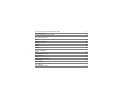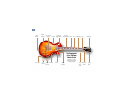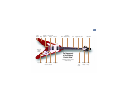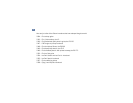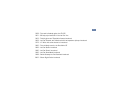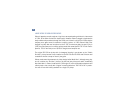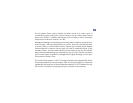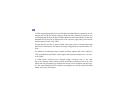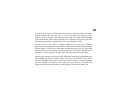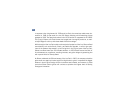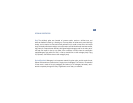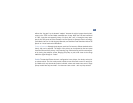
8
A BRIEF HISTORY OF GIBSON ELECTRIC GUITA R S
G i b s o n ’s legendary acoustic engineer, Lloyd Loar, was experimenting with electric instru m e n t s
in 1924, at the dawn of electronic amplification. However, Gibson’s struggle to dominate the
banjo market took precedence through the 1920s, and it wasn’t until the mid-1930s that the
company once again turned its attention to electric guitars. In 1935 Gibson’s Walt Fuller
designed a pickup that was introduced on the E-150, an aluminum-body lap steel. Early in
1936, the pickup was put in a midline archtop model and named the ES-150—ES for Electric
Spanish, 150 for the retail price of $150 for the guitar and amplifier set.
The original ES-150 bar pickup with its hexagonal housing is now known as the “Charlie
Christian” pickup, because it was installed on the ES-150s and ES-250s that Christian used
to establish the new concept of electric jazz guitar.
Gibson made several improvements in pickup design before World War II, although many play-
ers still consider the “Christian” pickup to be the best jazz pickup ever made. Immediately
after World War II, Gibson introduced the P-90 single-coil, with six adjustable polepieces and
a black plastic cover, usually with “dog-ear” mounting extensions. The P-90 is still in pro d u c -
tion and still sets the industry standard for a single-coil pickup.






